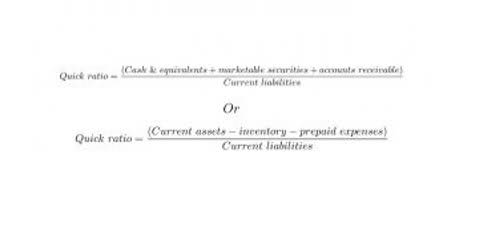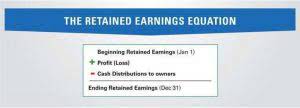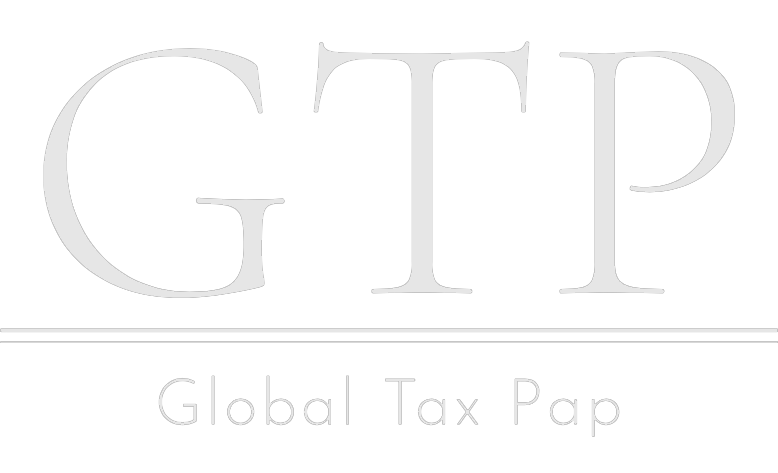
For example, if your monthly expenses are $10,000 and your revenue from sales is $8,000, then your net burn rate is $2,000. That means, barring any other factors (e.g., sales fluctuations, changes in costs), you’ll burn through $2,000 of your cash on hand every month. So if your monthly expenses are $10,000, your gross burn rate is $10,000. That’s how fast you’re burning through your cash on hand without factoring in revenue.
Masters In Marketing
Various financial tools can assist in this process, including burn rate calculators, financial modeling, and valuation. A high gross burn rate may indicate that a company is inefficient with its resource allocation. However, it’s worth noting that some industries have inherently high operating costs and may require a higher burn rate for growth.
Essential Reasons Your Business Needs Insurance Today

And while it’s not unusual for businesses to occasionally have a positive (above 0) monthly burn rate, this is something that should only be once in a while due to a significant expense or investment. Gross burn rate can help you keep an eye on how much you’re spending (and how quickly you’re doing it) over a specific period, which can be helpful to track and compare to other months or quarters. If your expenses are more than your income, you’ll have a deficit every month (and, therefore, a burn rate). If your expenses are less than your income, you’ll have a profit every month and burn rate won’t apply because you’re bringing in more money than you are spending.
- So when you secure a capital infusion, you shouldn’t be reluctant to increase your burn rate.
- This number depends on your operating costs and the amount of money you have invested from the start.
- Burn rate is also important to startups looking for funding that don’t have investors yet.
- Access a wealth of resources designed to help you master your business metrics and growth strategies.
- So if you have $600,000 in available cash, a burn rate close to $50,000 would be good.
- In conclusion, employing financial tools like a burn rate calculator, financial modeling, and valuation enables businesses to manage their burn rate effectively.
Look for additional funding
Investors may become hesitant to invest further if they perceive that the company is unable to manage its resources effectively or generate sufficient revenue to offset its expenditures. In such situations, the company may need to seek alternative sources of funding to bridge the financial gap. Two of the most important variables that play into most startups’ burn rates are cost of growth and unit economics. In this context, cost of growth refers to the costs that go into those operational expenses we referred to earlier. You’ll just need to have the timeframe you want to measure plus the starting cash and ending cash balance for the selected period.

It’s a vital component that will guide unearned revenue how you spend, how you forecast, when you opt to turn to investors, and how you make strategic decisions for your business. As I mentioned, most entrepreneurs and experts recommend having at least twelve months of runway at all times. That means a good burn rate is around one-twelfth of your available cash. So if you have $600,000 in available cash, a burn rate close to $50,000 would be good. If you burn $25,000 per month and have $100,000 left in reserves, you have four months of runway left. Let’s say, however, this company is also generating $5,000 a month in revenue.

By analyzing these financial components, businesses can identify areas where expenses can be reduced without compromising growth or operations. Monthly operating expenses include everything you spend to keep your business running—rent, utilities, wages, and the rest. Starting capital is the cash balance you first invested in your business—either out of your own pocket, borrowed, or from outside investors. Or, use your what is the formula for determining burn rate total cash at a point in time to find a burn rate over a specific period of time. Gross burn rate measures your monthly operating expenses without taking revenue into account.

- The startup spends the invested cash to develop and market its product.
- Ideally, you want to get your monthly operating expenses as low as possible and keep them consistent from month to month (within a few hundred dollars).
- Let’s look at everything you need to know about your burn rate, including why burn rate matters, how to calculate burn rate, and how to know if your current burn rate will work for you.
- The ability to scale customer acquisition cost-effectively, coupled with strong recurring revenue streams, can lead to a positive net burn rate, which is an encouraging sign on a balance sheet.
- Cutting expenses and, in turn, stalling growth should be something of a last resort.
The burn rate during this phase is still important, although it may increase significantly as the company reinvests profits to fuel further growth. To maintain operations and expansion, businesses may also turn to additional rounds of venture capital funding or potentially an initial public virtual accountant offering (IPO). During the growth stage, the overarching aim is to transition from a rapid burn rate to a balanced or even profitable state. In the seed stage of a business, companies are typically focused on developing their product or service and often have not yet generated revenue. During this phase, a new company’s burn rate is crucial as it indicates the amount of money the company consumes before it becomes self-sustaining.
For example, if your company has a burn rate of $10,000 then that means you are spending approximately $10,000 per month in excess of your revenues. Nothing on the publicly available portions of the Platform should be construed as a solicitation or offer, or recommendation, to buy or sell any security. All charts, figures, and graphs on the publicly available websites are for illustrative purposes only. You are also encouraged to consult your legal, tax, or investment professional regarding your specific situation. The value of your investment will fluctuate, and you may gain or lose money.




